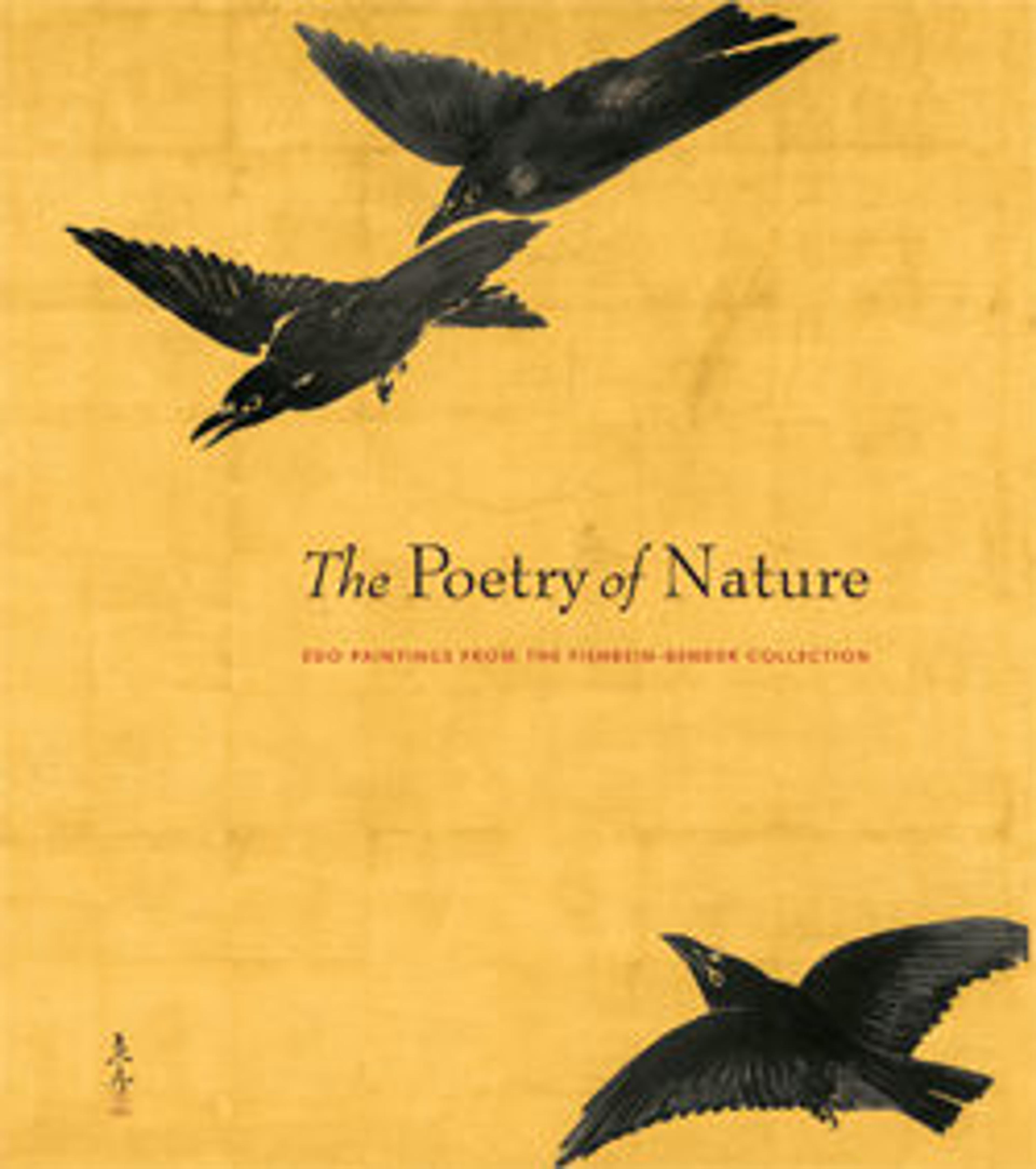Lions at the Stone Bridge of Mount Tiantai
In this fantastical scene at the natural stone bridge on Mount Tiantai, in China’s Zhejiang province, a mother lion throws cubs over the cliff to see which will persevere to succeed in life by climbing back to her. Analogies are often made to artists or teachers testing pupils in similar ways. Mount Tiantai, home to the Tiantai sect of Buddhism, is also a sacred site for Daoist practice. In China as in Japan, mountains were long regarded as intermediary places between heaven and earth, where immortals and humans could meet.
One of the “eccentrics” of Edo painting, Soga Shōhaku often featured exaggerated, restless brushwork as well as outlandish subject matter. This hanging scroll shows Shōhaku at the height of his creativity; he transforms a rarely depicted theme into a work that combines fluid, disciplined brushwork with dramatic composition and bizarre imagery.
One of the “eccentrics” of Edo painting, Soga Shōhaku often featured exaggerated, restless brushwork as well as outlandish subject matter. This hanging scroll shows Shōhaku at the height of his creativity; he transforms a rarely depicted theme into a work that combines fluid, disciplined brushwork with dramatic composition and bizarre imagery.
Artwork Details
- 曽我蕭白筆 峨山南宗賛 天台山石橋図
- Title:Lions at the Stone Bridge of Mount Tiantai
- Artist:Soga Shōhaku (Japanese, 1730–1781)
- Artist:Inscribed by Gazan Nanso (Japanese, 1727–1797)
- Period:Edo period (1615–1868)
- Date:1779
- Culture:Japan
- Medium:Hanging scroll; ink on silk
- Dimensions:Image: 44 7/8 × 20 in. (114 × 50.8 cm)
Overall with mounting: 79 1/8 × 25 3/16 in. (201 × 64 cm)
Overall with knobs: 79 1/8 × 27 1/2 in. (201 × 69.8 cm) - Classification:Paintings
- Credit Line:Mary Griggs Burke Collection, Gift of the Mary and Jackson Burke Foundation, 2015
- Object Number:2015.300.216
- Curatorial Department: Asian Art
More Artwork
Research Resources
The Met provides unparalleled resources for research and welcomes an international community of students and scholars. The Met's Open Access API is where creators and researchers can connect to the The Met collection. Open Access data and public domain images are available for unrestricted commercial and noncommercial use without permission or fee.
To request images under copyright and other restrictions, please use this Image Request form.
Feedback
We continue to research and examine historical and cultural context for objects in The Met collection. If you have comments or questions about this object record, please contact us using the form below. The Museum looks forward to receiving your comments.
